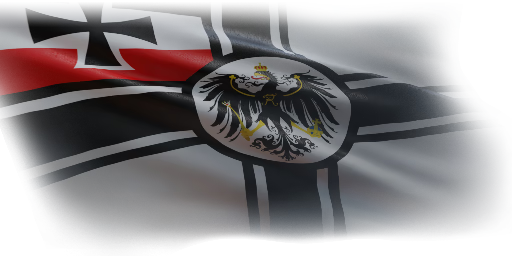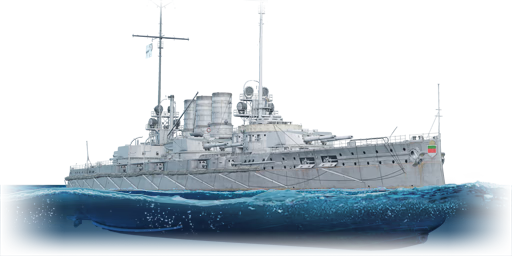The SMS Helgoland was the lead ship of the Helgoland-class battleships built for Kaiserliche Marine in the early 1910s. Helgoland was laid down on 11th November 1908 and commissioned on 23rd August 1911. Helgoland was intended to replace old coastal defence ship Siegfried in service and complement the older 283 mm armed Nassau-class. Helgoland took part in actions against the Royal Navy during WWI, where it participated in shelling of the British coast as well as the Battle of the Gulf of Riga in August 1915. Helgoland was also present during the Battle of Jutland where she was lightly damaged by Barham or Valiant; a 15-inch shell hit and penetrated the main armoured belt which required her to enter dry dock. During the battle, Helgoland sank destroyer HMS Fortune with her 15 cm secondary battery. In November 1918, the ship's crew took part in the Wilhelmshaven mutiny. After the armistice, Helgoland was handed over to the Allies as reparation for the ships sunk at Scapa Flow. She was handed over to Britain formally on 5th August 1920 and was scrapped at Morecambe on 3rd March 1921.
Introduced in Update "New Power", Helgoland features 305 mm main armament as opposed to the previous Nassau-class's 283 mm guns, offering heavier firepower. However, due to the turret placement, Helgoland is only able to fire four out of six turrets when utilizing full broadside. Helgoland also has shell rooms placed along the waterline, making hits penetrating the main belt devastating to the ship. The rooms are protected by additional armour in the form of coal bunkers, offering temporary additional protection. The disadvantage of Helgoland also lies in tightly packed machinery, where all the engines are in a single section next to each other. If shells hit this area, they will completely immobilize the ship.















